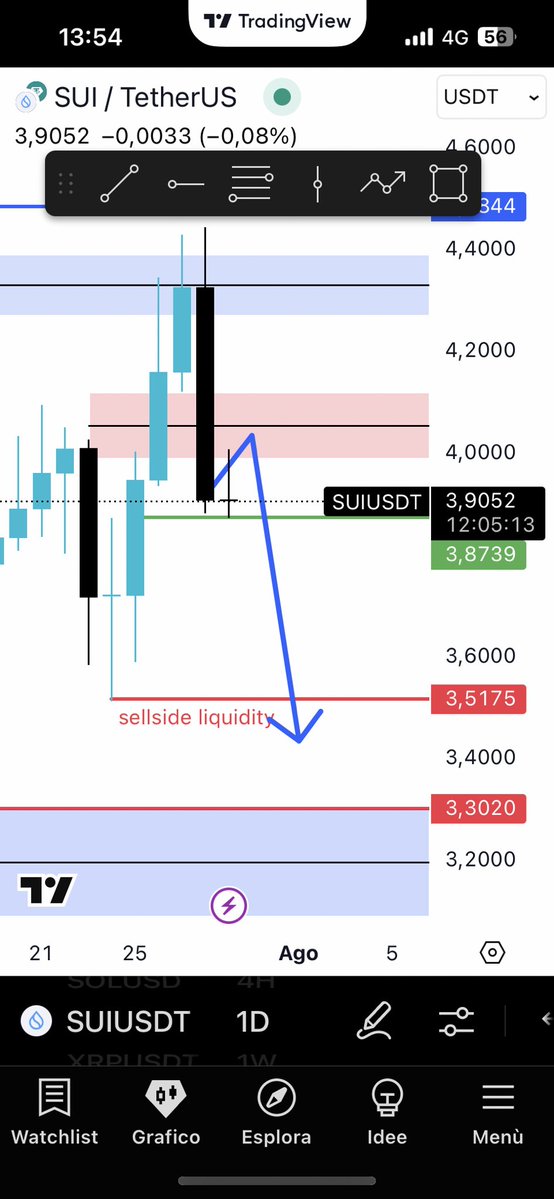
Understanding Cryptocurrency through Fundamental Analysis: A Deep Dive into Market Dynamics
Cryptocurrency continues to captivate investors and technologists alike with its compelling blend of cutting-edge blockchain technology and potential high returns. Yet, beneath its volatile price swings lies a rich landscape ripe for rigorous analysis. Among the various methods to evaluate cryptocurrencies, fundamental analysis stands out as vital for separating hype from genuine value. This report explores the core principles, tools, and trends shaping fundamental analysis in cryptocurrency markets as of mid-2025, explaining its nuances with clarity and insight.
What Is Fundamental Analysis in Cryptocurrency?
Unlike technical analysis which primarily focuses on chart patterns and price actions, fundamental analysis seeks to understand the “why” behind price movements by evaluating the intrinsic value of a digital asset. This involves scrutinizing everything from the project’s technology and developer activity to macroeconomic factors impacting the digital currency space.
In traditional finance, fundamental analysis might analyze company earnings, management strength, and market position. For cryptocurrencies, the equivalents include blockchain metrics (transaction volumes, network hash rate), token economics (supply issuance and utility), regulatory environment, development roadmaps, and market sentiment among others.
This broad approach helps investors make informed decisions grounded not in short-term noise but in long-term value propositions and sustainable growth prospects.
Key Components of Cryptocurrency Fundamental Analysis
1. Blockchain and Network Health
The backbone of any cryptocurrency is its blockchain network. Analysts examine metrics such as:
– Transaction Volume: High daily transaction counts imply active usage and utility.
– Hash Rate (for Proof-of-Work coins): A high or increasing hash rate indicates network security and miner confidence.
– Node Count and Distribution: A decentralized and widespread node distribution reduces censorship risk and enhances robustness.
For example, Bitcoin continues to boast a robust hash rate and diversified global miner presence in 2025, reinforcing its status as a secure network[1].
2. Tokenomics and Supply Dynamics
Understanding supply mechanics is key:
– Total vs. Circulating Supply: Scarcity effects hinge on how many tokens are actively circulating versus those locked or reserved.
– Inflation Rate: Some cryptocurrencies have fixed supplies (like Bitcoin’s 21 million cap), while others have inflationary models distributing tokens over time.
– Utility and Incentives: How the token functions within its ecosystem (governance, staking rewards, transaction fees) affects demand.
Newer platforms such as Sparkdotfi provide insights into tokenomics for emerging coins, helping traders grasp how token supply impacts price potential[2].
3. Developer Activity and Ecosystem Growth
Development progress signals a project’s health:
– GitHub Commits and Contributions: Frequent updates suggest active feature development and bug fixes.
– Partnerships and Integrations: Collaborations with reputable firms can enhance credibility and adoption.
– User Base Growth: Expanding wallet adoption and dApp usage point to increasing real-world utility.
Platforms like SaharaLabsAI leverage AI-enhanced portfolio analytics tracking these development indicators to offer actionable insights[3].
4. Market Sentiment and Social Signals
Cryptocurrency markets are often sentiment-driven. Analysts monitor:
– Social Media Buzz: Volume and tone of discussions on Twitter, Reddit, etc.
– News Impact: Regulatory announcements, institutional endorsements, or security breaches can swiftly alter sentiment.
– Whale Movements: Large token transfers between wallets may predict market moves.
Tools such as AgentXYZ_ai automate sentiment analysis and data compilation, empowering traders to make emotion-free, data-backed decisions[4].
5. Macroeconomic and Regulatory Environment
The broader economic context plays a critical role:
– Monetary Policy: Inflation rates, interest changes, and fiat currency instability can influence crypto demand.
– Regulations: Countries’ stances on taxation, trading, and custody impact market accessibility.
– Institutional Adoption: Corporate treasury purchases or crypto-friendly policies signal maturation.
Recent developments illustrate this: The U.S. SEC’s approval of Trump Media & Technology Group’s Bitcoin Treasury registration signals regulatory progress, while India intensifies crypto tax investigations — both shaping market behavior[5].
Integrating AI and Advanced Tools into Fundamental Analysis
The surge of AI-enabled analytics platforms is transforming fundamental research. Algorithms can now parse thousands of data points in seconds — from real-time on-chain metrics to global regulatory news — providing comprehensive, actionable intelligence.
For example, @AgentXYZ_ai offers rapid cryptocurrency tracking and analysis, eliminating the guesswork usually driven by fear or greed. Similarly, Sahara cryptocurrency’s AI-powered tools deliver personalized portfolio insights that identify opportunities and risks with high precision[3][4]. This convergence of AI and human insight is elevating fundamental analysis well beyond traditional methods.
Challenges and Considerations
While fundamental analysis offers depth, it’s not without hurdles:
– Data Reliability: Discrepancies and manipulation attempts challenge source integrity.
– Rapidly Evolving Technology: Projects’ technical shifts can quickly invalidate previous assessments.
– Market Volatility: Emotional market swings sometimes render fundamentals temporarily irrelevant.
– Complexity: For newcomers, mastering multiple data points and their interactions can be daunting.
These factors underscore why fundamental analysis must be complemented with other approaches and continuous learning to navigate crypto markets effectively.
Conclusion: Building Investment Confidence Through Fundamentals
Fundamental analysis demystifies the chaotic world of cryptocurrency by anchoring decisions in meaningful data and long-term trends. It transforms speculation into educated investment, empowering traders and investors to discern projects with lasting value amidst hype and volatility.
As the crypto landscape matures with AI-augmented tools and increasing institutional involvement, those equipped with a solid grasp of fundamental analysis will likely thrive. By blending technology with critical thinking and market awareness, fundamental analysis becomes a lighthouse guiding investors through the shifting tides of cryptocurrency’s future.
—
References and Further Reading
[1]: Cryptocurrency Hash Rates and Network Security Analysis – Check Point #007
[2]: Sparkdotfi Platform and Market Insights
[3]: SaharaLabsAI – AI-driven Portfolio Analysis
[4]: AgentXYZ_ai Cryptocurrency Tracking Tool
[5]: Regulatory Updates: SEC and Indian Crypto Tax Efforts
—
This blend of evolving data, AI tools, and holistic evaluation illustrates how fundamental analysis stays ever relevant—empowering investors to decode the subtle art and science behind cryptocurrency valuation.







